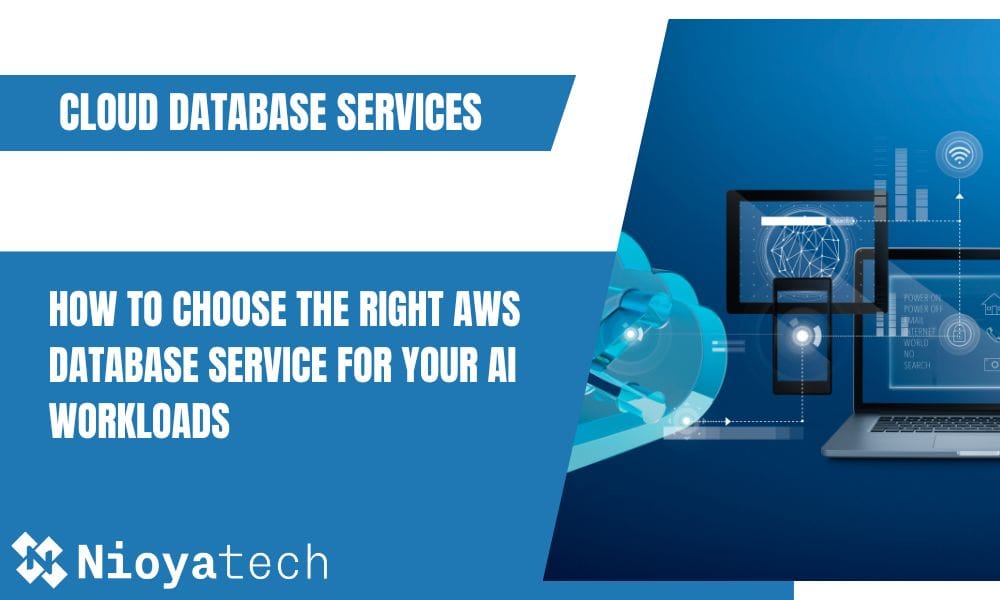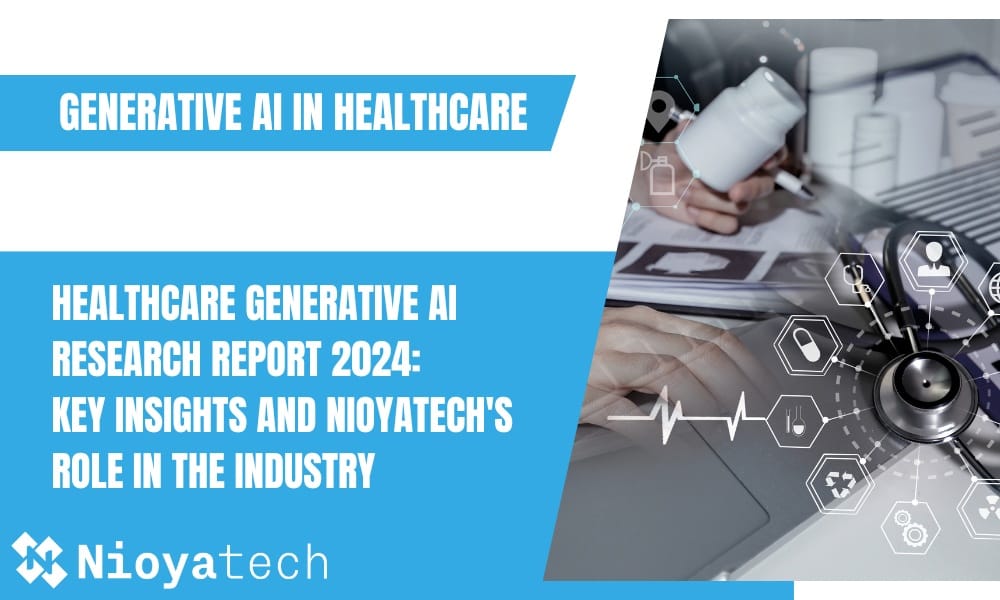As artificial intelligence (AI) continues to rapidly change the technology world, it is becoming more and more critical to select the appropriate database service for your AI applications. Amazon Web Services (AWS) provides a variety of database solutions, each of which has its own advantages for AI workloads. In this article, I will cover the AWS database services for AI development and try to help you choose the one that best suits your needs.
Understanding AI Application Database Needs
Choosing the right AWS database service requires understanding the data management needs of AI applications. AI-focused workloads require databases that can efficiently manage large-scale storage and fast data retrieval.
Real-time data ingestion is important for AI applications because models need fresh data. AI workloads often use semi-structured (JSON, XML) and unstructured (images, videos, text) data and require adaptable databases. Without adequate scalability, AI applications can run slowly and cost more.
In addition to data storage, AI systems need fast inference operations to make real-time predictions using trained models. Databases must support complex queries and low-latency ingestion to help AI systems quickly find relevant data.
AWS Database Services
AWS offers a wide range of database services designed for different needs. The operational burden on developers and data engineers is reduced with AWS database services, which is a fundamental benefit. Consistent and trouble-free operation is guaranteed by features such as auto-scaling, high availability, and integrated security. Here is a list of AWS database services:
Amazon RDS (Relational Database Service)
Amazon Aurora
Amazon DynamoDB
Amazon ElastiCache
Amazon Neptune
Amazon Timestream
Amazon DocumentDB (with MongoDB compatibility)
Amazon Keyspaces (for Apache Cassandra)
Amazon MemoryDB for Redis
Amazon OpenSearch Service (formerly Amazon Elasticsearch Service)
Which AWS Database Service is Best for AI?
The optimal AWS database service for AI is depending upon the specific requirements of your application. Real-time data processing, analytics, time-series storage, and relationship mapping are just a few of the AI workloads that AWS’s purpose-built databases are designed for. Here’s a breakdown of the best AWS databases for AI applications:
1. Amazon Aurora
AI applications that require complicated transaction processing, real-time data analysis, and high-performance SQL processing are a good fit for Amazon Aurora. Because of its scalability and high availability, it is an excellent choice for workloads that require the performance of relational databases.
Aurora is the optimal selection for applications needing structured data, facilitating fast query execution and predictable data management.
2. Amazon DynamoDB
Generative artificial intelligence (AI) chatbots use advanced models like transformers to produce real-time, context-aware responses. Unlike traditional rule-based chatbots, generative AI chatbots continuously learn from interactions and improve their accuracy and relevance over time.
DynamoDB is ideal for real-time AI applications, chatbots, and any workload that requires single-digit millisecond latency on a consistent basis, which provides a seamless and efficient data processing experience.
3. Amazon Neptune
Amazon Neptune is designed for AI applications that require graph-based machine learning, knowledge graphs, and complex relationship analysis. Its ability to efficiently store and query highly connected data makes it ideal for AI-driven systems that rely on relationship mapping.
Neptune is best suited for social networks, recommendation engines, and applications that analyze intricate data connections to uncover meaningful insights.
4. Amazon OpenSearch Service
Amazon OpenSearch Service (formerly Elasticsearch) is ideal for AI applications that require full-text search functionality, log analytics, and vector search operations. It enables fast and efficient querying of large datasets, making it a powerful tool for AI-driven insights.
OpenSearch Service is perfect for AI workloads that involve semantic search, vector embeddings storage, and real-time analytics, ensuring high-speed data retrieval and enhanced search capabilities.
Making the Right Choice: Decision Factors
The selection of the appropriate AWS database service is based on your AI application needs. Amazon DynamoDB is the best for real-time AI applications that need millisecond response times and automatic scaling.
For time-series data powering your AI model, Amazon Timestream is your ideal choice, with storage and retrieval of time-stamped data points optimized.
Amazon RDS and Amazon Aurora are the preferred options for AI applications that need structured transactions and relational database functionality.
For AI models that rely on graph-based relationships, Amazon Neptune is the most suitable, with support for complex relationship mapping and knowledge graph use cases.
Need real-time AI data retrieval? → DynamoDB
Handling time-series AI data? → Timestream
AI applications requiring structured transactions? → Aurora/RDS
AI models based on relationships and graphs? → Neptune
AI-powered search, vector embeddings, and NLP? → OpenSearch Service
Best Practices for Implementation
Choosing the right AWS database for your AI workloads is just the first step. Ensuring optimal performance, scalability, and efficiency requires a well-planned implementation strategy. Here are some best practices to follow:
Start with a Pilot Project
Start an initial project with a modest dataset that represents your AI application’s real-world use before committing to a database service. The chosen database’s data intake, retrieval, query performance, and model training operations can be assessed. Check latency, throughput, and cost effectiveness to make sure the database matches your AI application’s needs. To ensure the database can accommodate future data expansion and demand, test its scaling behavior under increased workloads.
Monitor and Optimize
Continuous performance monitoring and optimization are necessary for AI database infrastructure efficiency. Track query performance, read/write latencies, and database resource use with AWS CloudWatch. Use partition keys in DynamoDB or B-tree indexing in RDS to improve query efficiency. Optimising queries, database setups, and caching technologies like ElastiCache can also increase response times and efficiency.
Consider Hybrid Approaches
A hybrid architecture lets you use several AWS databases for AI application components. Consider Amazon Aurora for structured transactional data, Amazon DynamoDB for real-time AI inference, and Amazon Redshift for large-scale AI model training and analytics. Using purpose-built databases strategically optimizes cost, performance, and scalability, ensuring your AI system runs efficiently.
Conclusion
The “best” AWS database service for AI workloads depends entirely on your specific use case. AWS provides a wide variety of database solutions, each with its own set of benefits. Organizations may use AWS’s robust ecosystem to empower their applications with efficient and scalable databases that support vector storage and search, resulting in increased innovation and competitive advantage. If you want to strengthen your AI strategy with the correct AWS database services, Nioyatech’s AI transformation solutions can help you make data-driven decisions, increase system performance, and speed up AI adoption.






